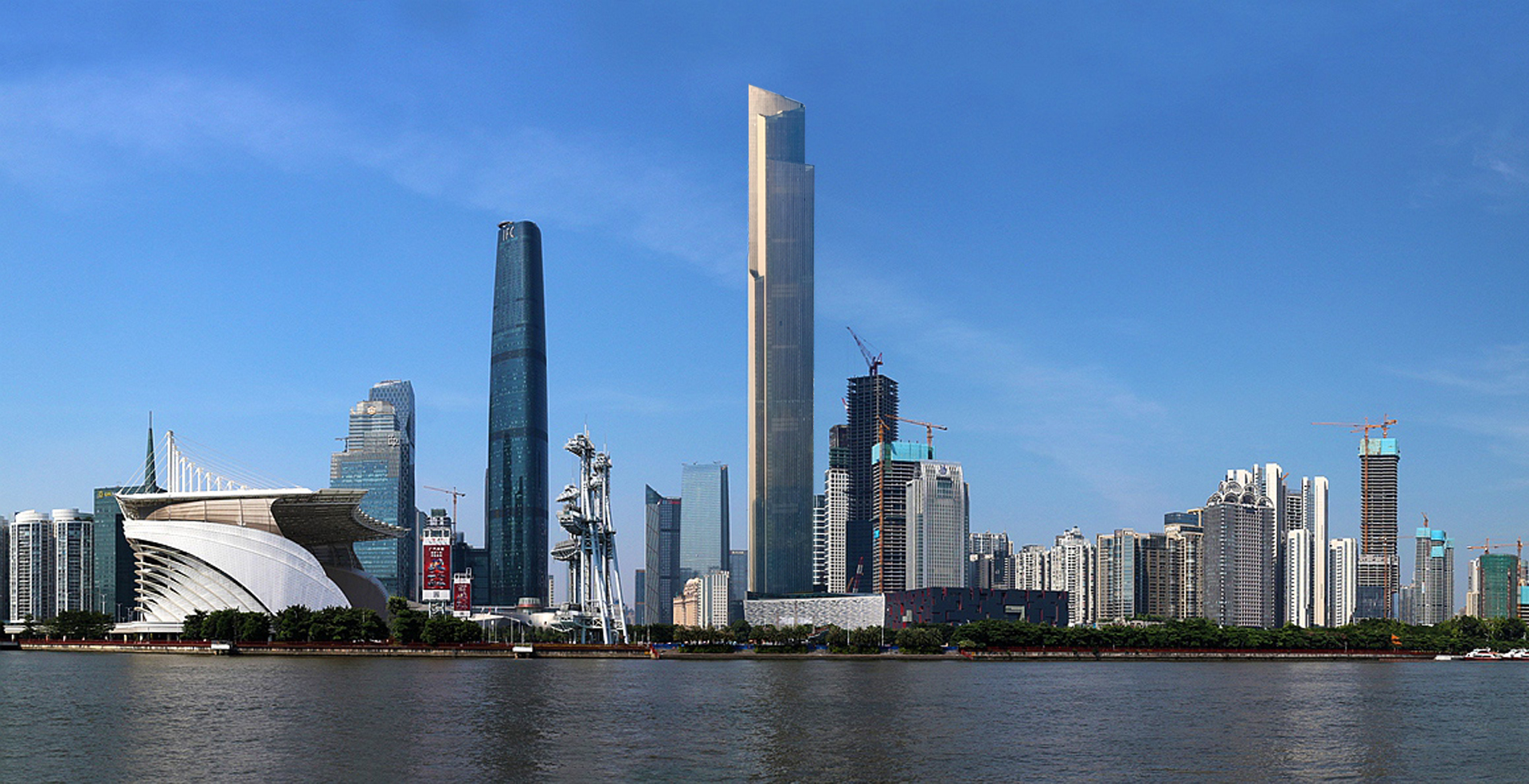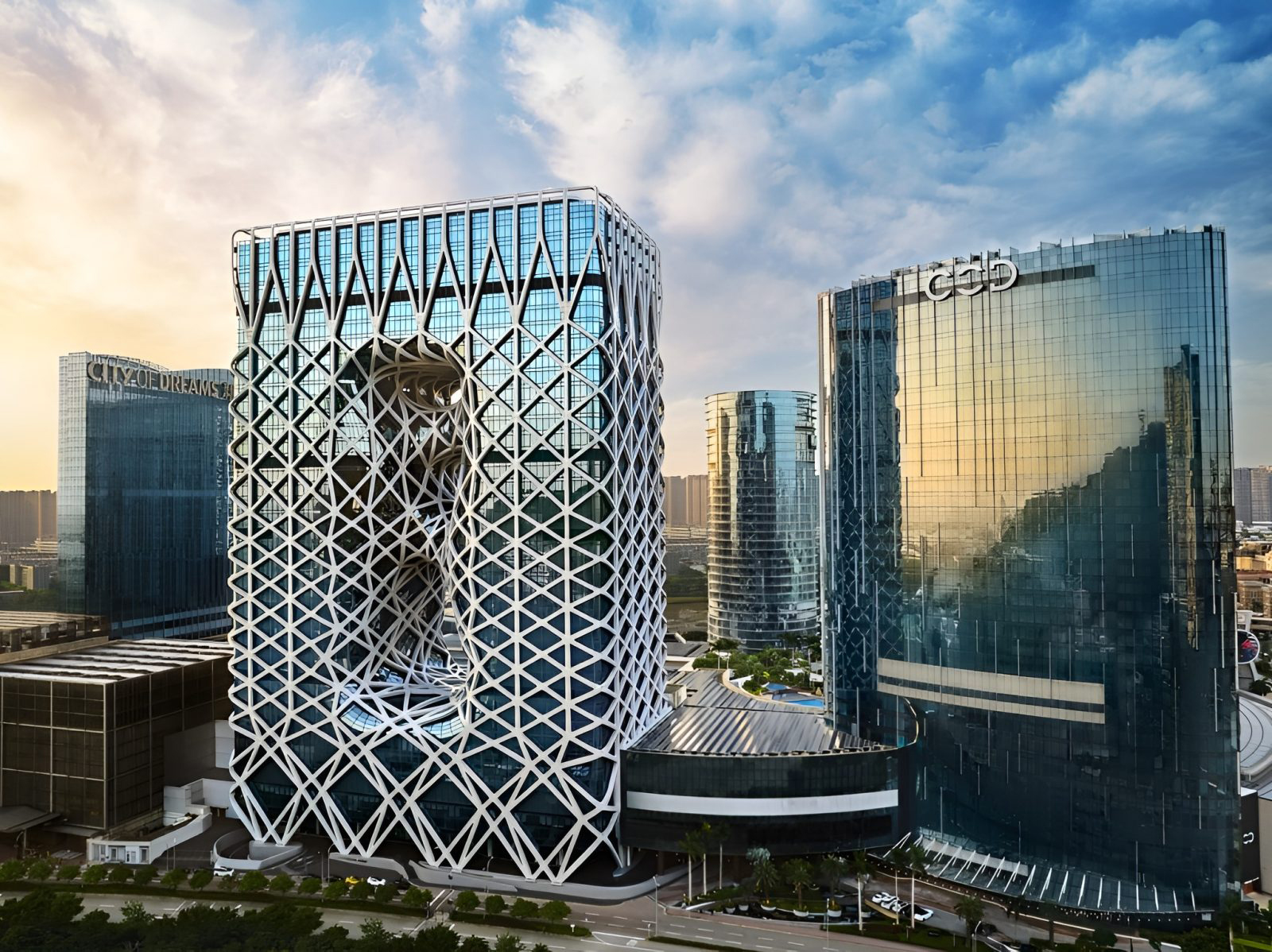November 14.2025

In Seoul, the skyline tells a layered story. Walk through neighborhoods like Bukchon, and you’ll find rows of hanok, wooden homes with gently curved tiled roofs. Just a few subway stops away, towers like Lotte World and The Hyundai Seoul rise toward the clouds.
This juxtaposition defines the uniqueness of Korean architecture, a form rooted in tradition yet adaptive to change. It doesn’t shy away from modernity, but neither does it abandon its past. Instead, it strikes a balance between heritage and innovation that is uniquely Korean.
From earthen floors to skyscrapers, Korean architecture continues to evolve, guided by the same principles of harmony, function, and beauty.
The Spirit of Traditional Korean Architecture
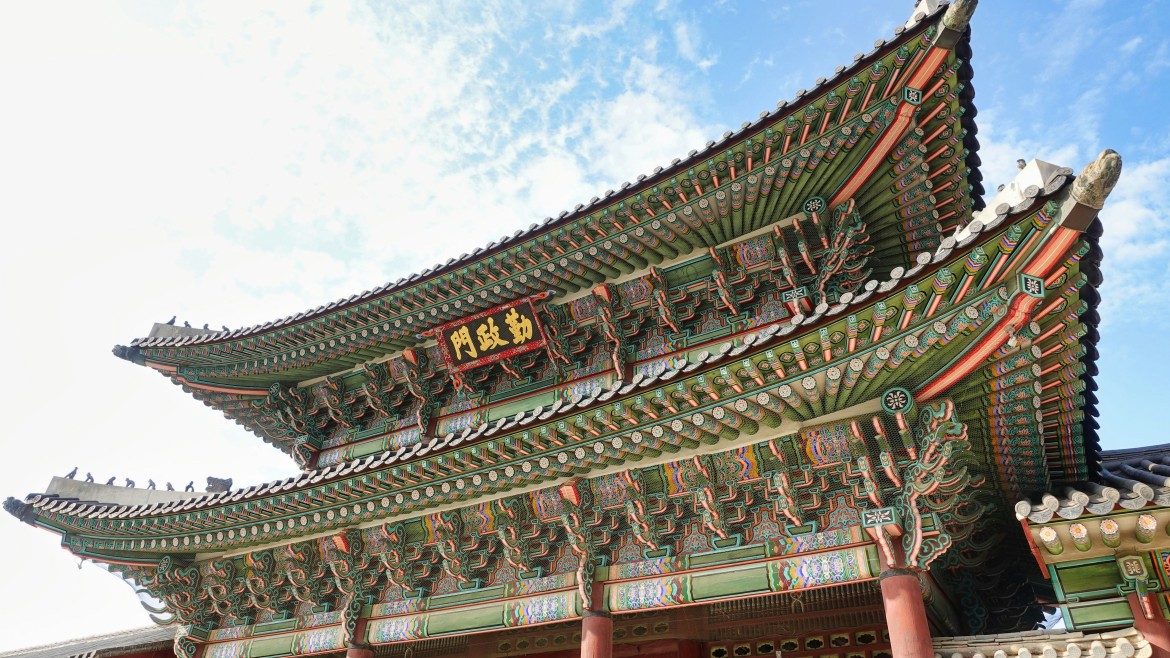
Traditional Korean architecture speaks through subtle details; wood textures, wide eaves, and open courtyards. It centers on harmony with nature, positioning homes to maximize light, airflow, and seasonal comfort.
The hanok is the clearest expression of this philosophy. Built with timber, clay, and stone, it balances beauty with practicality. Its ondol heating system warms floors efficiently, a sustainable idea still relevant today.
According to the ArchDaily (2025), the hanok isn’t just a home, but a philosophy. Every element, from the slope of the roof to the placement of rooms, serves a functional and cultural purpose.
The Rise of Modern Korean Architecture
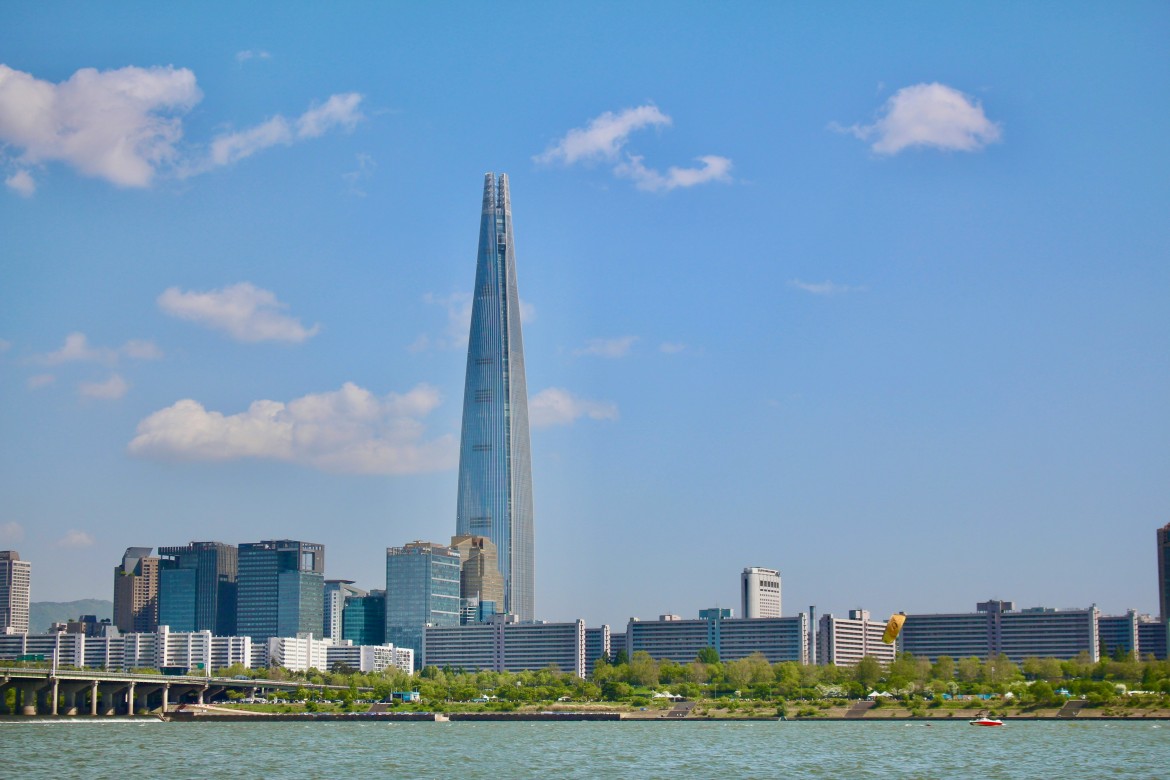
After the post-war boom, Korea entered an era of rapid development marked by skyscrapers, digital tools, and large-scale projects. Yet modern Korean architecture didn’t discard tradition, it reinterpreted it.
Glodon’s analysis shows how BIM technology boosts efficiency and sustainability, echoing hanok principles of smart resource use. Iconic projects like the Dongdaemun Design Plaza reflect this shift: futuristic in appearance but grounded in familiar spatial ideas like open flow and indoor-outdoor connection.
It’s a visual evolution, not a departure. From BIM-enabled towers to solar-powered museums, Korean architecture today is ambitious, smart, and deeply values-driven.
Bridging the Past and the Future
Korean architecture stands out for seamlessly merging eras. Rather than separating traditional and modern spaces, architects increasingly integrate both.
A Korea.net feature notes that many contemporary buildings mirror hanok traits—openness, natural light, and layouts shaped around human comfort. The Seoul City Hall Annex is a prime example: a modern glass landmark that still incorporates courtyards and natural flow reminiscent of traditional structures.
This approach isn’t nostalgic; it’s intentional. By translating traditional values into modern forms, Korean architects are shaping cities that honor heritage while looking ahead.
Cultural Identity and Global Appeal

Architecture is a nation’s autobiography in stone, steel, and soil. And Korean architecture tells its story well.
Cities across the country celebrate this mix of old and new. Hanok villages are preserved not only for tourists but as living communities. Meanwhile, glass towers continue to redefine modern Korean identity.
In a compelling breakdown by Re-thinking The Future, it becomes clear how Korean architecture shapes cultural branding. These buildings appear in K-dramas, international films, and fashion campaigns. They function not as backdrops, but as characters in the narrative.
Tourism is also driven by architecture. Visitors are drawn to places where history meets innovation. Whether it's exploring palaces in the morning or rooftop cafés in Gangnam by night, the experience is immersive and memorable.
Icons of Blended Architecture in South Korea
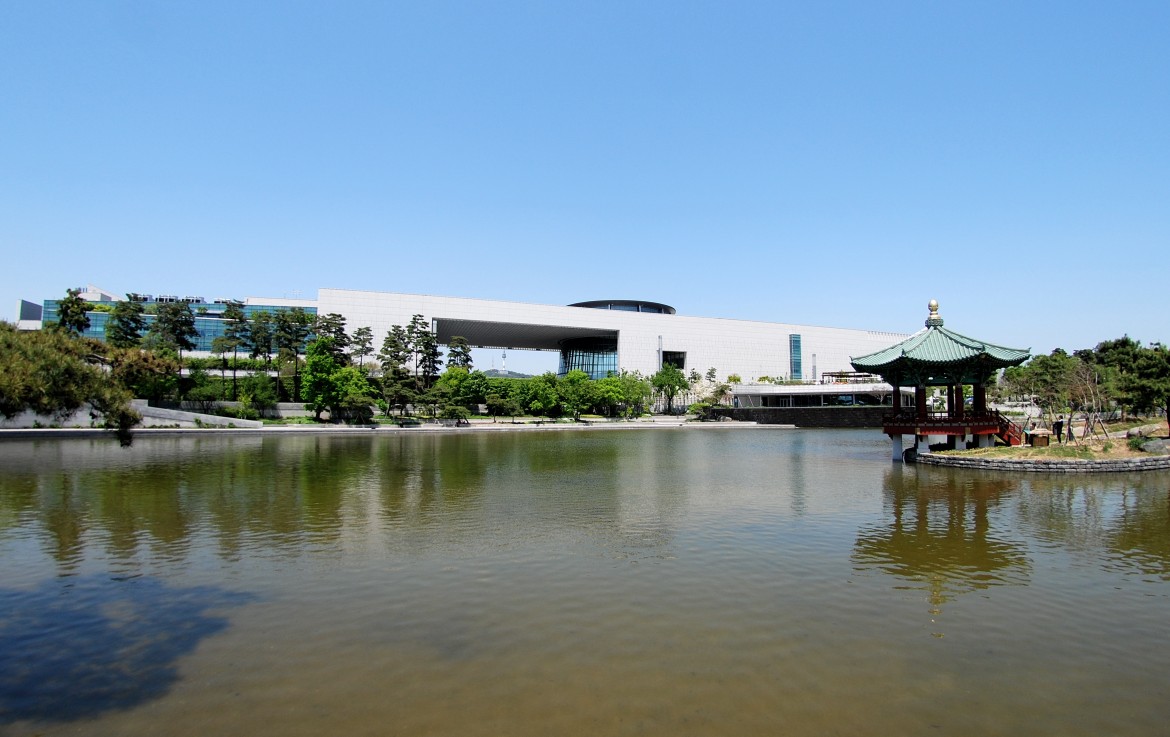
Some of the most admired buildings in Korea today reflect a seamless blend of tradition and modernity. They don’t just borrow from the past, they revive and reinterpret it. These buildings are perfect expressions of Korean architecture's evolution, showcasing how cultural heritage can be transformed through innovative design.
1. National Museum of Korea (Seoul)
This iconic structure channels the spirit of palace architecture with its symmetrical layout and expansive open spaces. Though modern in form, it uses courtyard principles and landscaping reminiscent of ancient Korean complexes.
2. Amorepacific Headquarters (Seoul)
Designed by David Chipperfield Architects, this striking cube-like tower includes a large central atrium that functions as a reinterpretation of a hanok courtyard. It combines corporate functionality with calming, contemplative space; an excellent example of Korean architecture reimagined for the 21st century.
3. Daeyang Gallery and House (Seoul)
Architect Steven Holl drew inspiration from music scores and traditional spatial flow to design this residence-gallery hybrid. Its integration with water and light mirrors Korean ideas of stillness and nature.
4. Seoul City Hall Annex (Seoul)
A perfect metaphor for Korea’s evolution, this building pairs a wave-shaped glass exterior with sustainable technologies and green space, promoting civic pride while respecting traditional values.
Korean architecture is more than design, but an ongoing dialogue between past and future. It balances heritage with innovation, creating cities that feel rooted yet forward-looking. Tools like BIM and solutions such as Glodon Cubicost support this evolution by improving efficiency and sustainability without sacrificing cultural identity.
Ultimately, whether through a hanok’s wooden beams or a smart tower’s digital precision, Korean architecture shows that meaningful design adapts while staying true to its soul.





